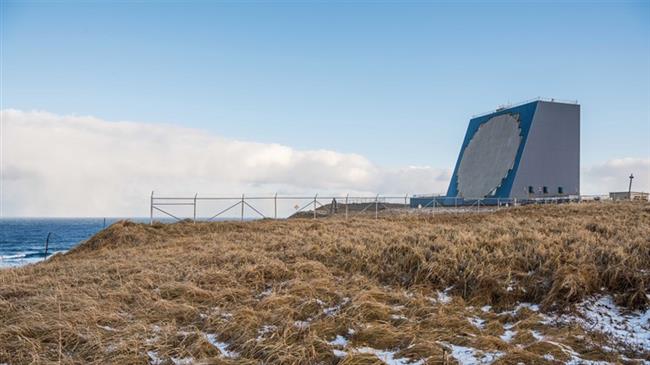US military plans to install $1bn missile defense radar in Hawaii
The US military is planning to install a massive radar that officials say is designed to identify missile attacks against the US mainland.
The $1 billion system is supposed to spot incoming missile warheads fired for Hawaii and other US states and send the information to ground-based interceptor missile systems in Alaska, which will then try to shoot them down, Military.com reported Wednesday.
According to the report, the radar would be able to distinguish real warheads from decoys that are released to confuse missile systems.
Senator Brian Schatz, a Democrat from Hawaii and a supporter of the project, said the radar would help give the Alaska missiles "better eyes," said
Lawmakers in the US Congress have appropriated $61 million for the project’s planning but the funds for construction have yet to be approved.
Schatz, a member of the defense subcommittee of the Senate Appropriations Committee, said he was almost sure that the follow-on funding will arrive.
The radar is expected to be about (30 to 50 feet) 9 to 15 meters wide and 18 to 24 meters (60 feet to 80 feet) high, according to the US Missile Defense Agency USMDA.
The phased-array is likely to feature a flat-face surface like a similar system in Shemya, Alaska, instead of going for the ball-like appearance of other US military radars.
Experts have argued that a larger face would allow the radar to distinguish between warheads and decoys more precisely.
The agency is considering two possible locations for the on Oahu's North Shore.
Schatz said lawmakers had discussed the radar with former US Pacific Command chief, Admiral Harry Harris, who recently retired after Trump nominated him to serve as the US ambassador to South Korea.
"We already have robust capabilities, but working with Admiral Harris, we wanted to double down and make sure we have the most powerful combination of missile interceptors and radar systems anywhere," Schatz said.
The system is aimed at curbing US concerns about the threat stemming from North Korea’s ability to launch intercontinental ballistic missiles (ICBMs) at targets deep inside the US.
Fears of a possible attack spiked last year as North Korea test-fired long-range missiles over Japan and threatened to launch ballistic missiles toward the Guam, a major U.S. military hub in the Pacific. Pyongyang’s move came after Trump threatened North Korea with nuclear war.
The news of comes fays after Trump and North Korea's leader, Kim Jong-un, met in Singapore earlier this month and issued a declaration agreeing to "work toward complete denuclearization of the Korean Peninsula."
How Iranian missiles and drones evaded Israel’s much-hyped air defenses
70,000 pro-Palestine people in UK urge London to end arms exports to Israel
VIDEO | Gaza, Hezbollah, and decline of Zionism
Iran Greco-Roman wrestlers win Asian championship
Gaza authorities slam Israel for torturing Palestinian children
Putin: Iran’s retaliatory attack on Israel best way to punish aggressor
Erdogan: Israel to blame for tensions in West Asia
VIDEO | Iran’s ‘True Promise’












 This makes it easy to access the Press TV website
This makes it easy to access the Press TV website